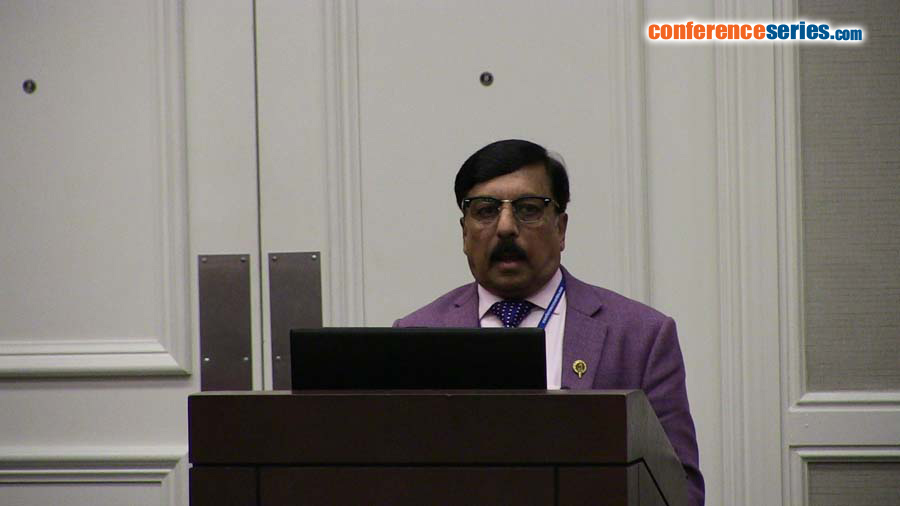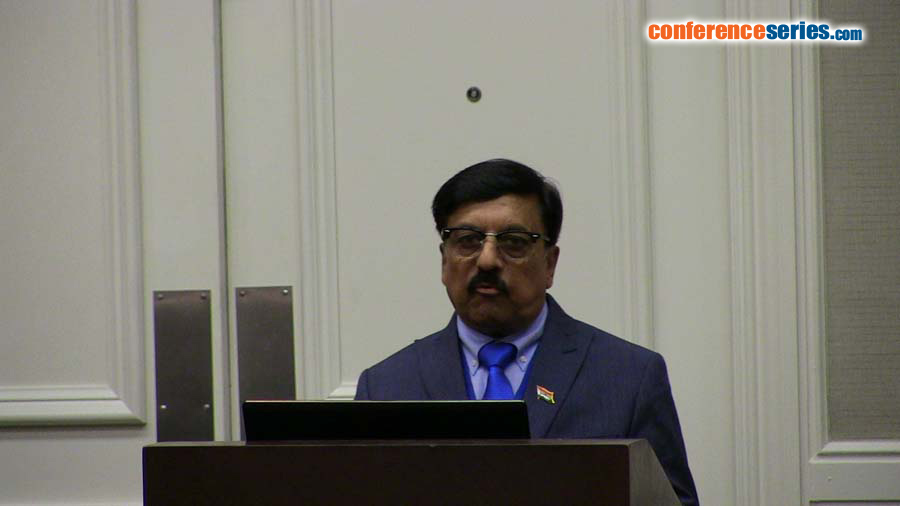
Biography
Biography: Ashok Kapse
Abstract
We can look forward with confidence to a considerable degree of freedom from infectious diseases at a time not too far in the future. Indeed, it seems reasonable to anticipate that within some measurable time, all the major infections will have disappeared. T. Aidan Cockburn: The Evolution and Eradication of Infectious Diseases; 1963. Five years later the U.S. surgeon general noted that it might be possible with interventions such as antimicrobials and vaccines to “close the book” on infectious diseases and shift public health resources to chronic diseases. How shoddily wrong they were; at about same time there were trickling reports about a crippling wasting disease among Africans which was noticed by missionaries. Soon world realized that these were the earliest cases of a newly emerging infectious disease: HIV/AIDS. The incidence of emerging infectious diseases in humans has increased within the recent past or threatens to increase in the near future. Over 30 new infectious agents have been detected worldwide in the last three decades; 60 percent of these are of zoonotic in origin. A newly emerging disease is a disease that has never been recognized before. HIV/AIDS is an emerging disease, so is severe acute respiratory syndrome (SARS) and a recent H1N1 pandemic. Re-emerging, or resurging diseases are those that have been around for decades or centuries but have come back in a different form or a different location, few of the examples are emergence of microorganisms resistant to antimicrobials to which these were previously sensitive, P. vivax acquiring severity, resurgence of diphtheria & Pertussis and recent Ebola outbreak. Microbes could also be the agents of bioterrorism, they are intentionally introduced to harm mankind and thereby they become instruments of deliberately emerging diseases the most recent and important example of which is anthrax. The human species lives in a delicate balance with microbial species; there is an ever-present tension between the two. If we perturb this balance, microbes almost always figure out a way to counterbalance the effect; encroachment of human civilization on the environment and on the microbial species that inhabit our environment invariably triggers emergence or reemergence of infectious diseases. Multiple factors like forest land use for economic development, human demographics & behavior and ever increasing international travel contribute to the emergence and re-emergence of infectious diseases. Two fundamental characteristics of microbe’s namely rapid replication and mutation allow them to circumvent our attempts to control them. Their ability to replicate and mutate gives them the advantage of selectively circumventing human interventions, be they antimicrobials, vaccines or public health measures. In this battle with microbes we the humans have two important weapons in our armamentarium: an intellect and a will. We use our intellect and will to implement public health measures, biomedical research and technological advances to contain or at least strike a balance with microbial species that rely on genes, replication and mutation.“The future of humanity and microbes likely will unfold as episodes of a suspense thriller that could be titled “Our Wits versus Their Genes”; so rightly said by Dr. Joshua Lederberg.




